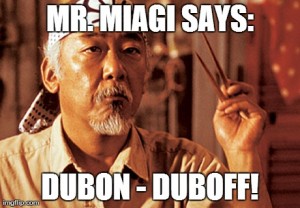Injuries Sustained While Retrieving Personal Items After-Hours Held Non-Compensable
“Injuries taking place when a worker has reentered the job site for a personal motive after his or her workday has ended have been held to be outside the scope of employment.”
The Court of Appeal recently denied applicant’s petition for a writ of review in the matter of M.C. v. University of Southern California, wherein the WCAB held that applicant’s injuries sustained in the form of an assault by a co-worker when she returned to work several hours after the end of her shift to retrieve some personal effects was non-compensable.
The reasoning relied heavily on an analysis of the meaning of Arising out of Employment and in the Course of Employment, which we of the workers’ compensation community refer to as “AOE/COE.” The analysis has two prongs – whether the injury occurred when and where employment takes place, and also during the work being performed.
In this case, the majority of the panel held that, even though the injury occurred where work usually takes place, it did no occur when work usually takes place, and not while the applicant was performing any work for the employer.
By contrast, the dissent would have found the injury compensable, noting that the employee was provided with an access card for after-hours entry, and a place to keep her personal items. She took advantage of both, as provided by her employer, and it placed her in the position where she sustained the injury in question.
What do you think, dear readers – should the employer/insurer be on the hook for all injuries sustained on its premises? Should an amusement park employee have a compensable claim for injuries sustained while enjoying the rides at the amusement park? What about a bar tender having a drink in the bar where he works?
Given the sensitive nature of the case, your humble blogger has not placed the full name of the applicant in this blog post. For a copy of the panel decision, please shoot me an e-mail.

